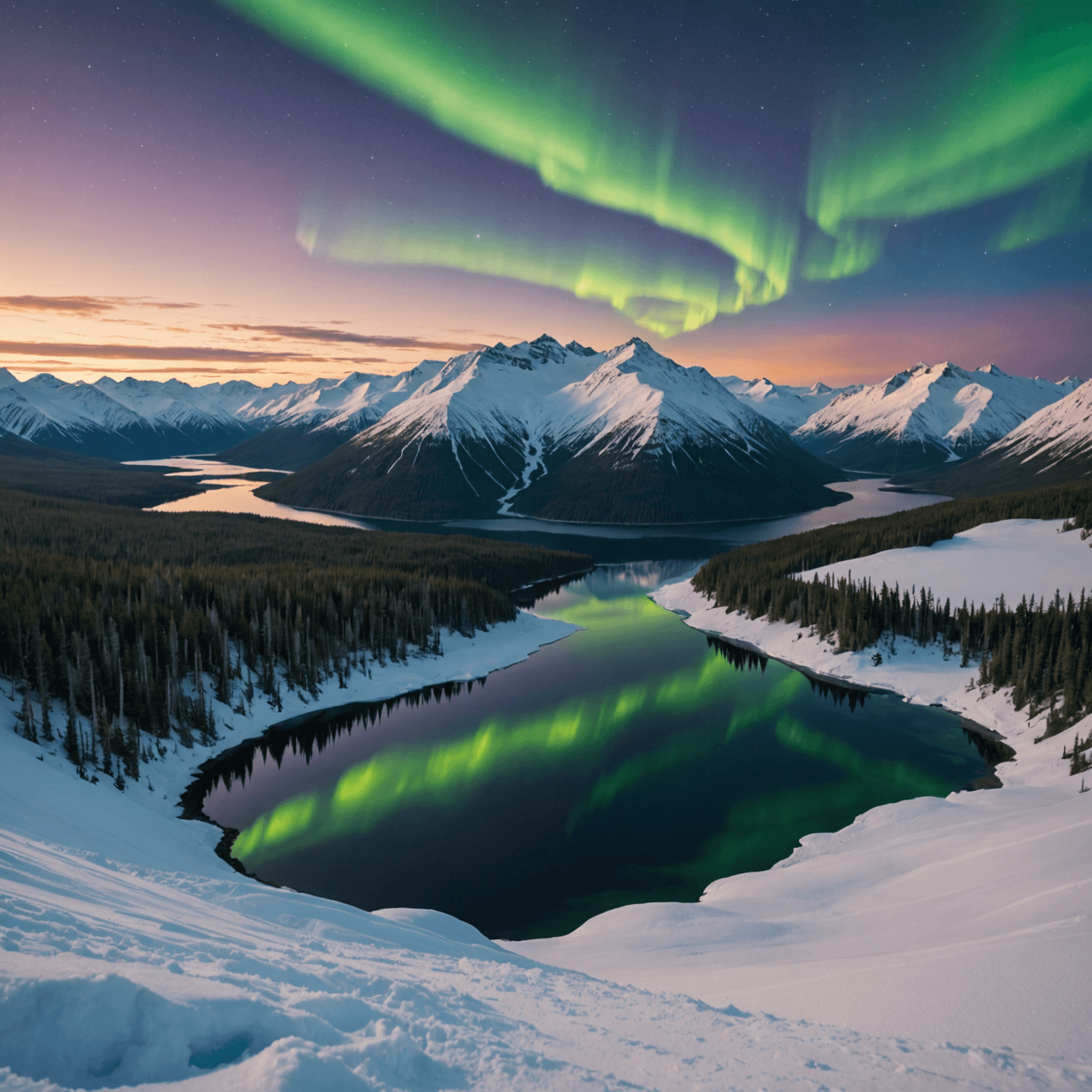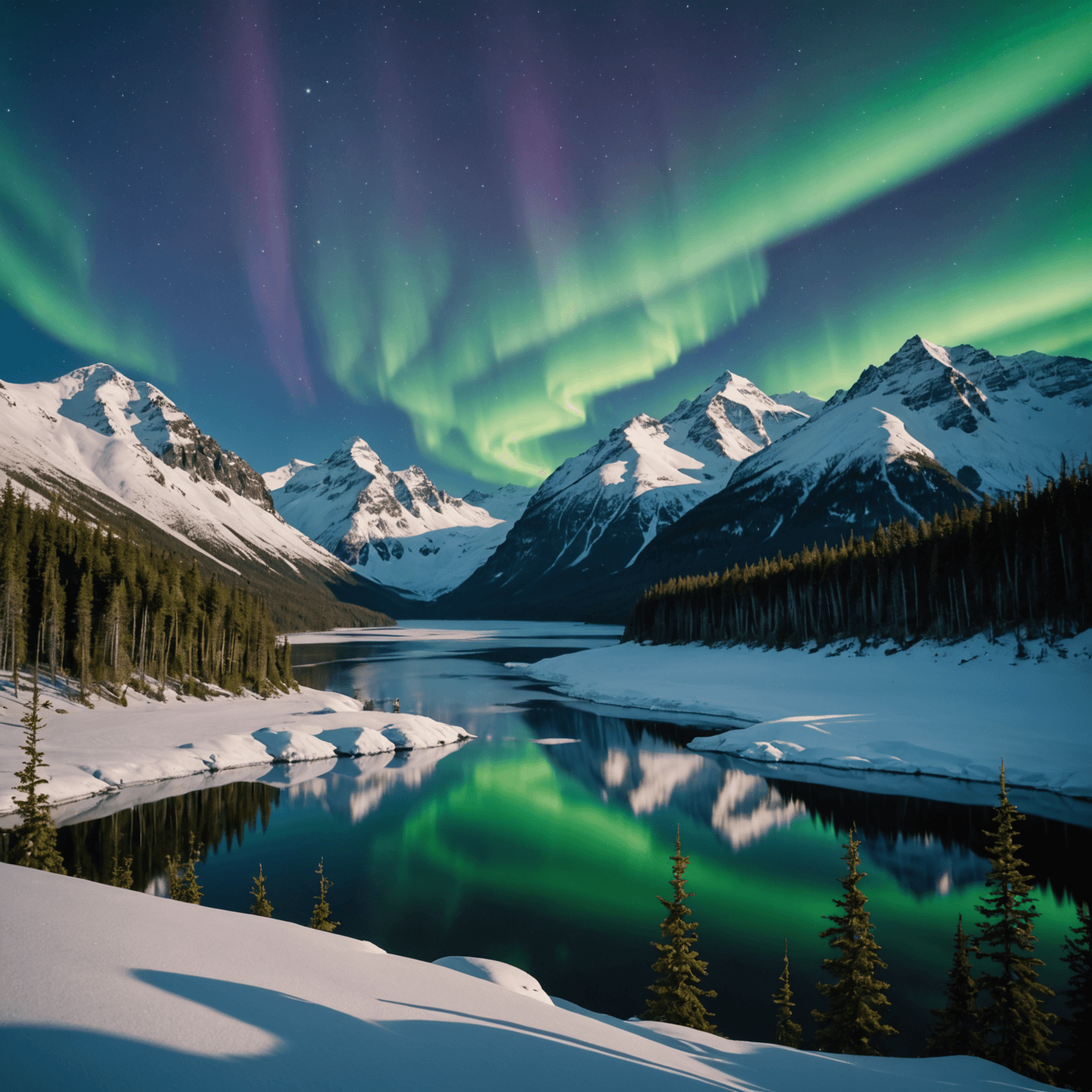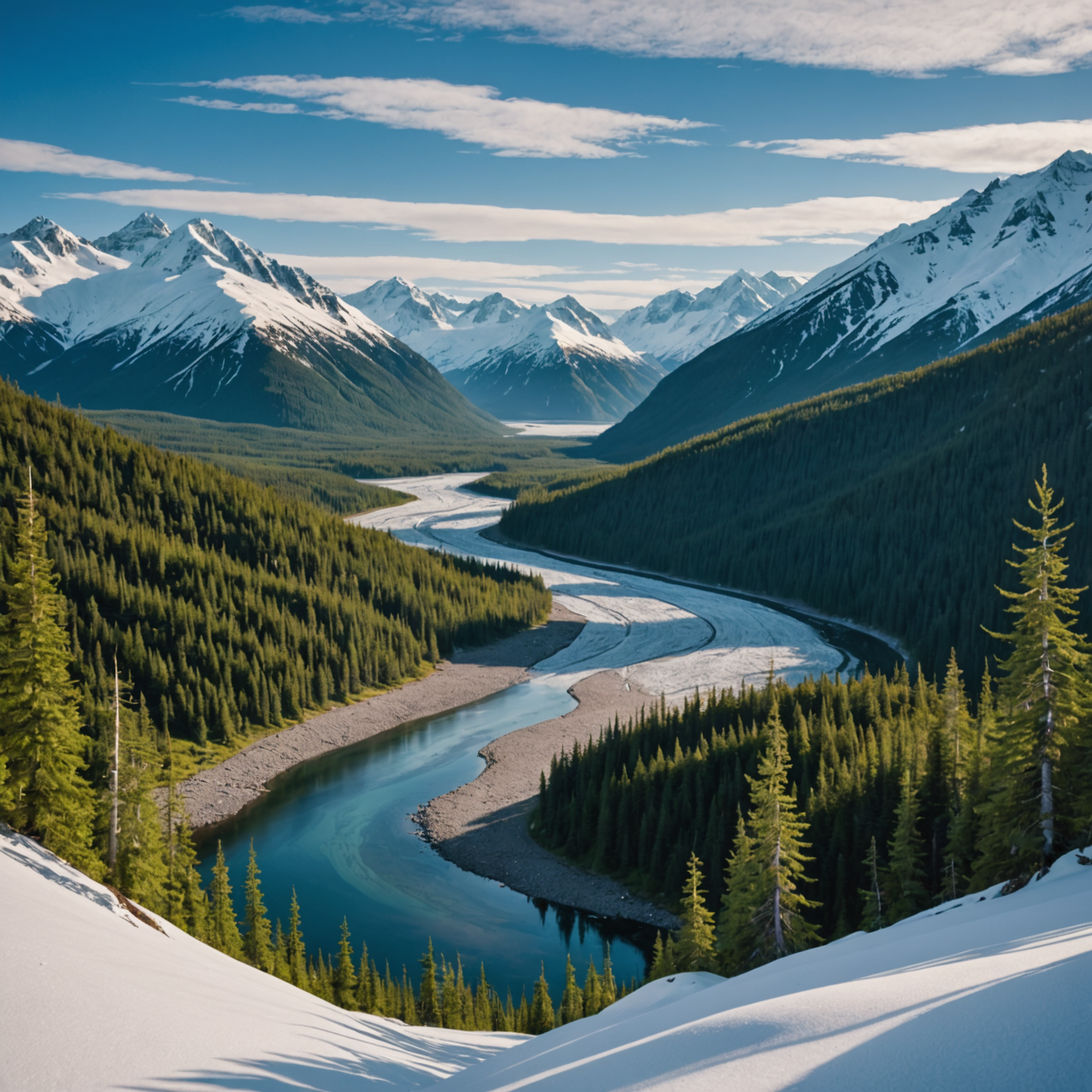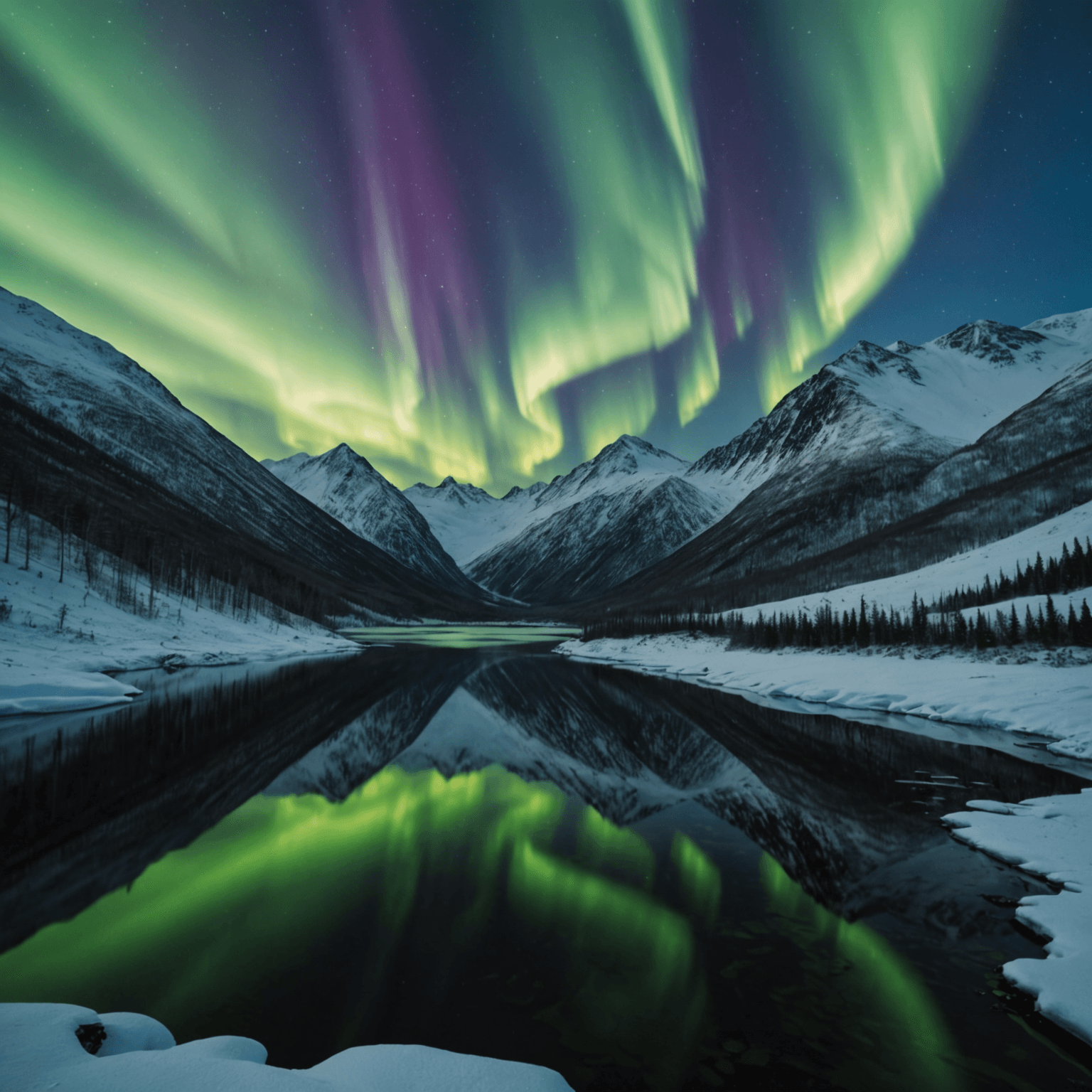Introduction
Raising sled dog puppies in Alaska is a unique and rewarding experience that blends the wonders of nature with the joys of training these incredible animals for life on the snowy trails. Whether you’re an adventurer dreaming of an Anchorage day trip or a dog lover curious about sled dog culture, understanding the early stages of a sled dog’s life can provide insightful perspectives. This post delves into how these puppies are raised, trained, and prepared for their crucial roles in the Alaskan wilderness.
The Early Days: Birth and Socialization
The journey of a sled dog begins right from birth. In Alaska, sled dog breeders focus on ensuring that the puppies are born healthy and strong. The importance of genetics cannot be underestimated, as it influences the puppies’ future performance and health. Breeders often select parent dogs that exhibit excellent stamina, speed, and temperament.
Socialization starts almost immediately. From the very first weeks, puppies are introduced to a variety of sights, sounds, and smells. This early exposure is critical in developing their confidence and adaptability—traits necessary for future sled dogs who will face unpredictable terrains and weather conditions.
Training Begins: Building Basic Skills
Once the puppies are a few months old, basic training begins. This stage focuses on instilling essential commands and behaviors such as sitting, staying, and recall. Training sessions are kept short and positive to maintain the puppies’ enthusiasm and focus.
As they grow, the young dogs are gradually introduced to harnesses and sled equipment. Initially, they might just wear the harness around the yard, getting accustomed to the feel. This phase is crucial in ensuring they are comfortable and excited to pull a sled in the future.
Advanced Training: Preparing for the Trails
When the puppies reach around six months, they enter more advanced training stages. This involves actual sled pulling, usually starting with light loads and short distances. The goal is to build their strength and endurance progressively. Training in the Alaskan wilderness provides an authentic experience, exposing the dogs to the snow, ice, and cold weather conditions they will encounter on the trail.

The older dogs in the pack play a vital role during this stage. They serve as mentors, demonstrating the skills and behaviors expected on the trail. Young dogs learn to follow the lead dog’s commands, maintain their pace, and work cohesively as a team.
Nutrition and Care: Keeping Sled Dogs Healthy
A well-balanced diet is fundamental for sled dogs throughout their lives. Puppies require food rich in protein and fat to support their rapid growth and high energy needs. As they mature, their diet is adjusted to sustain their vigorous activity levels during training and races.
Regular veterinary check-ups are essential to monitor the puppies’ health and development. Vaccinations, deworming, and routine health assessments ensure that the dogs are in prime condition for the demanding lifestyle they lead.
The Role of Weather and Environment
Alaska’s weather and environment play a significant role in the upbringing of sled dogs. The state’s harsh winters provide an ideal training ground, challenging the dogs to adapt to extreme conditions. For those planning an Anchorage day trip, the opportunity to witness these incredible dogs in action offers a glimpse into their resilience and prowess.

Understanding the weather patterns is crucial for trainers and mushers. Resources like the National Weather Service provide vital information on current conditions, ensuring safe and effective training sessions.
Conclusion
Raising sled dog puppies in Alaska is a testament to the bond between humans and animals, forged through trust, training, and shared adventures in the wild. From their first steps as puppies to becoming part of a sled team, these dogs embody the spirit of Alaska’s rugged wilderness. Whether you’re considering a visit or simply want to appreciate the dedication behind these incredible animals, exploring the world of sled dogs offers a deeper connection to Alaska’s natural beauty.
For those looking to experience this world firsthand, consider exploring Alaska winter tours or an exciting dog sled ride to witness the majesty of these animals in action.
FAQ
What is the best time of year to visit Alaska for sled dog tours?
The ideal time for sled dog tours in Alaska is during the winter months, from November to March, when the snow is ample, and the conditions are perfect for sledding. For more details, check out Alaska winter tours.
How are sled dogs different from regular dogs?
Sled dogs are specifically bred for endurance, strength, and the ability to thrive in cold environments. They are often more energetic and have a strong work ethic compared to regular pet dogs.
Can visitors participate in dog sled training?
Yes, many tours offer visitors the chance to learn about and participate in dog sled training. Snowhook Adventures offers various interactive experiences where you can engage with the dogs and learn from professional mushers.
What should I wear for a sled dog tour in Alaska?
Dressing in layers is essential for staying warm during sled dog tours. Waterproof and windproof outer layers, insulated boots, gloves, and a warm hat are recommended. For weather updates, the National Weather Service provides helpful information.
Are sled dog tours suitable for families with children?
Absolutely! Sled dog tours are a family-friendly activity that kids often find exciting and educational. It’s a unique way to experience Alaskan culture and wildlife.
How do sled dogs stay warm in the harsh Alaskan climate?
Sled dogs have thick double coats that insulate them from cold temperatures. They are also highly active, which generates body heat. Proper shelter and nutrition further ensure their well-being in extreme conditions.
What is the Iditarod, and how are sled dogs involved?
The Iditarod is a famous long-distance sled dog race held annually in Alaska. It covers approximately 1,000 miles, testing the endurance and skills of both mushers and their sled dog teams. You can learn more about this iconic race through the Iditarod Ultimate Adventure.
Where can I learn more about Alaskan sled dog culture?
For an in-depth exploration of sled dog culture and history, consider visiting local museums or participating in specialized tours. Websites like Alaska.org offer additional resources and information.


